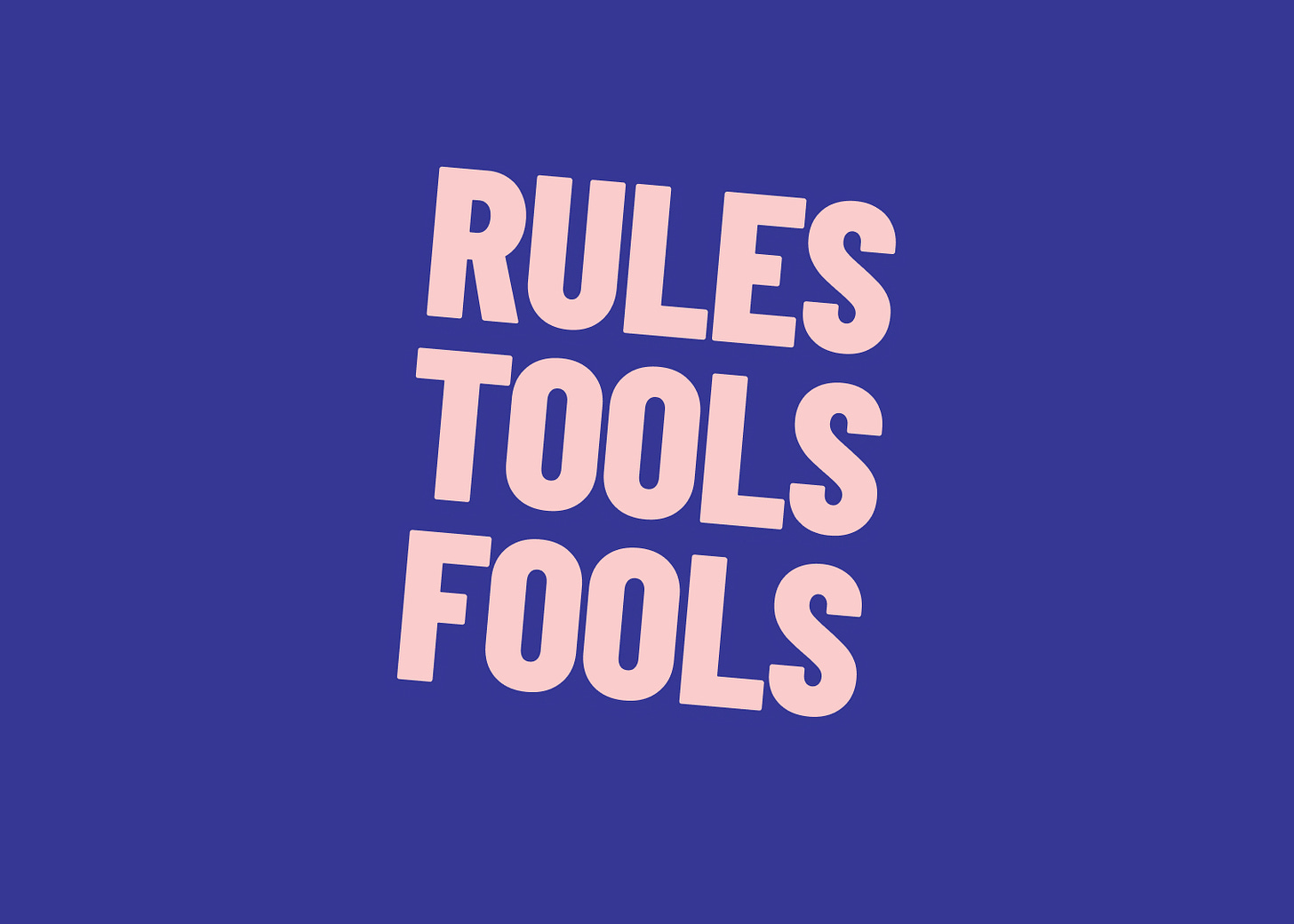What and when to automate in your outreach
On one hand, you've got teenagers trying to automate entire sales development using AI. On the other, seasoned salespeople stubbornly ignore automation, clinging to purely manual process.
Somewhere between blindly trusting AI with customer relationships (I recently met someone building AI calling agents that pretend to be human – often illegal and terrible for B2B trust) and manually slogging through tasks computers excel at, lies a smart middle ground.
Automation isn't about replacing humans; it's about freeing them up for what they do best: building relationships.
Let's break down the sales process – finding, researching, and engaging leads – and see where smart automation fits and where the human touch remains irreplaceable.
List Building
This is where automation shines.
Manually searching for companies that just got funded, businesses using a competitor's tech, speakers at an upcoming conference, or brands launching big YouTube channels is a massive waste of your valuable time.
Whatever sales signals matter to you, if the data exists online, you can likely automate its retrieval.
Aim to automate 90% of your list building. Your time is better spent elsewhere.
Lead Enrichment
Okay, you have a list based on one key signal. But is that enough to know if they're truly worth your time?
Enriching that list with more data (company size, specific tech used, contact details) can make qualifying and outreach much easier. Automation tools can help here.
However, be cautious. Data enrichment isn't always 100% accurate. Sometimes, a quick manual check or skipping enrichment altogether is faster and cheaper, especially if you have a manageable list size.
Consider your resources and lead volume before diving deep into automated enrichment. Sometimes less is more.
Lead Qualification
Qualification can happen at different stages. Sometimes, the data used for list building is the qualification (e.g., "companies with over $10M funding"). Other times, you won't know until you're in a meeting.
But if qualification can be based on available data points (like those gathered during enrichment), automating this step can save significant time.
Alternatively, you can use your very first outreach message to qualify them – more on that next.
Outreach
Here's where the "it depends" comes in.
LinkedIn: There's a strong case for automating certain actions.
Profile Visits: Letting prospects know you've looked at their profile puts you on their radar. This can be automated effectively.
Connection Requests: If you're working with large lists, automating connection requests (with a simple, non-salesy note or even no note) can be efficient.
Email: This depends heavily on your strategy.
Account-Based Marketing (ABM): Working a small number of high-value accounts? Keep it manual and highly personalized.
Volume Outreach: Using larger lists based on simpler data points? Automating the initial send makes sense.
Personalization
This is where I draw a hard line, for now.
Personalization should stay firmly in your hands.
Yes, AI tools claim they can analyze profiles and craft personalized messages. I've experimented with these myself (even worked on building some!), looked at hundreds of AI-generated outputs, and frankly? AI is largely useless at creating genuine connection points. It spots keywords but misses nuance and intent.
If you want to build real B2B relationships, write your own personalized hooks. Don't outsource authenticity.
Conversation
This one's simple.
Do. Not. Automate.
Sure, AI chatbots can handle basic FAQs. But if you're an Account Executive, SDR, or Founder responsible for building pipeline and closing deals, outsourcing conversations to AI because you think it's "better" means you need serious skills training or a different job.
Sales conversations require empathy, active listening, strategic questioning, and the ability to build rapport. AI can't replicate that.
Don't let automation replace core sales skills.
What Tools Can Help?
Want to dip your toes into smart automation?
LinkedIn Automation: Check out LinkedHelper. Because it works locally on your computer (like a browser extension), it's generally considered safer and less likely to get your account flagged than cloud-based tools. Great for automating profile visits and connection requests.
Data & Workflow Automation:
Level 1: Spreadsheets + Make.com (formerly Integromat). Good starting point for connecting different apps and automating simple data tasks.
Level 10: Clay.com. A powerful platform specifically designed for sales teams to enrich data and build complex prospecting workflows. Steep learning curve, but incredibly capable.
The takeaway? Don't be scared of automation, but don't blindly trust the AI hype either.
Find the tasks that drain your time and offer little strategic value – automate those. Reserve your human energy for building genuine connections, understanding customer needs, and having meaningful conversations.
That's the smart middle ground.
BTW, on the scale from 1 to 10, how much of my newsletter writing process is automated? Let me know what you think, please ;)
Have a great week!



